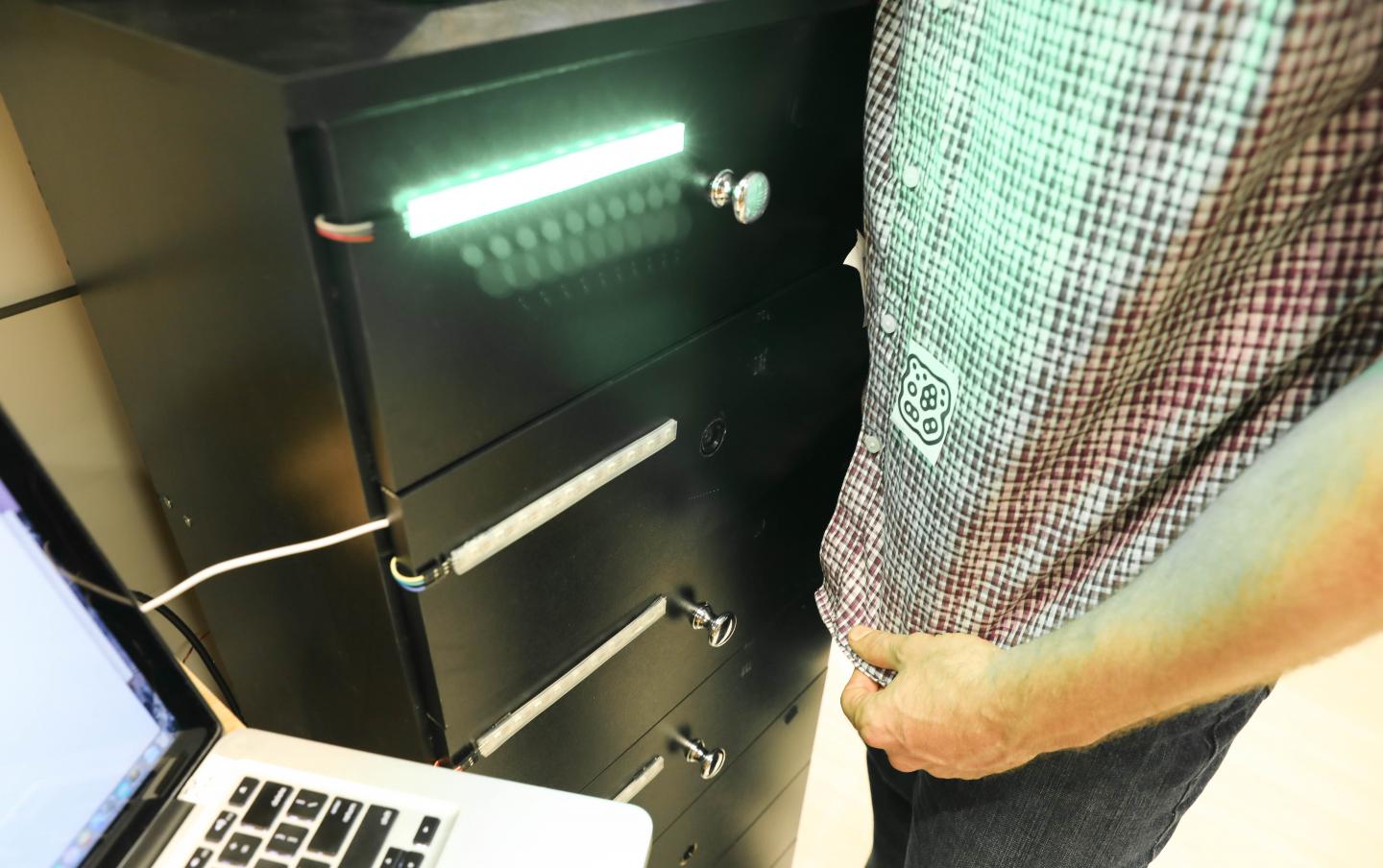Meet the quantum blockchain that works like a time machine

A new — and theoretical — system for blockchain-based data storage could ensure that hackers will not be able to crack cryptocurrencies once the quantum era starts. The idea, proposed by researchers at the Victoria University of Wellington in New Zealand, would secure cryptocurrency futures for decades using a blockchain technology that is like a time machine.
You can check out their findings here.
To understand what’s going on here we have to define some terms. A blockchain stores every transaction in a system on what amounts to an immutable record of events. The work necessary for maintaining and confirming this immutable record is what is commonly known as mining. But this technology — which the paper’s co-author Del Rajan claims will make up “10 percent of global GDP… by 2027” — will become insecure in an era of quantum computers.
Therefore the solution to store a blockchain in a quantum era requires a quantum blockchain using a series of entangled photons. Further, Spectrumwrites: “Essentially, current records in a quantum blockchain are not merely linked to a record of the past, but rather a record in the past, one that does not exist anymore.”
Yeah, it’s weird.
From the paper intro:
Our method involves encoding the blockchain into a temporal GHZ (Greenberger–Horne–Zeilinger) state of photons that do not simultaneously coexist. It is shown that the entanglement in time, as opposed to an entanglement in space, provides the crucial quantum advantage. All the subcomponents of this system have already been shown to be experimentally realized. Perhaps more shockingly, our encoding procedure can be interpreted as non-classically influencing the past; hence this decentralized quantum blockchain can be viewed as a quantum networked time machine.
In short, the quantum blockchain is immutable because the photons that it contains do not exist at the current time but are still extant and readable. This means the entire blockchain is visible but cannot be “touched” and the only entry you would be able to try to tamper with is the most recent one. In fact, the researchers write, “In this spatial entanglement case, if an attacker tries to tamper with any photon, the full blockchain would be invalidated immediately.”
Is this possible? The researchers note that the technology already exists.
“Our novel methodology encodes a blockchain into these temporally entangled states, which can then be integrated into a quantum network for further useful operations. We will also show that entanglement in time, as opposed to entanglement in space, plays the pivotal role for the quantum benefit over a classical blockchain,” the authors write. “As discussed below, all the subsystems of this design have already been shown to be experimentally realized. Furthermore, if such a quantum blockchain were to be constructed, we will show that it could be viewed as a quantum networked time machine.”
Don’t worry about having to update your Bitcoin wallet, though. This process is still theoretical and not at all available to mere mortals. That said, it’s nice to know someone is looking out for our quantum future, however weird it may be.













 “Our goal is to provide assistance for people with dementia to help them age in place more gracefully, while ideally giving the caregiver a break as the person dresses – with the assurance that the system will alert them when the dressing process is completed or prompt them if intervention is needed,” explained the project’s leader, Winslow Burleson,
“Our goal is to provide assistance for people with dementia to help them age in place more gracefully, while ideally giving the caregiver a break as the person dresses – with the assurance that the system will alert them when the dressing process is completed or prompt them if intervention is needed,” explained the project’s leader, Winslow Burleson,  If there’s any problem — the person can’t figure something out, can’t find the right drawer or gets distracted, for instance — the caregiver is alerted and will come help. But if all goes right, the person will have dressed themselves all on their own, something that might not have been possible before.
If there’s any problem — the person can’t figure something out, can’t find the right drawer or gets distracted, for instance — the caregiver is alerted and will come help. But if all goes right, the person will have dressed themselves all on their own, something that might not have been possible before.












